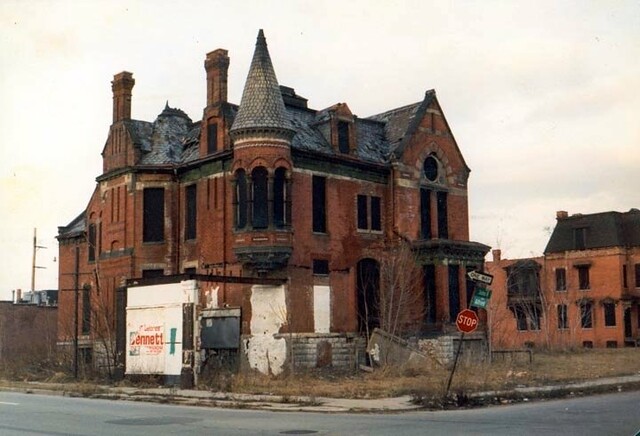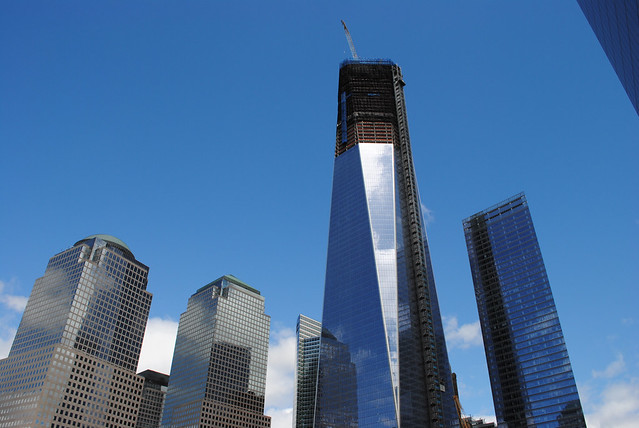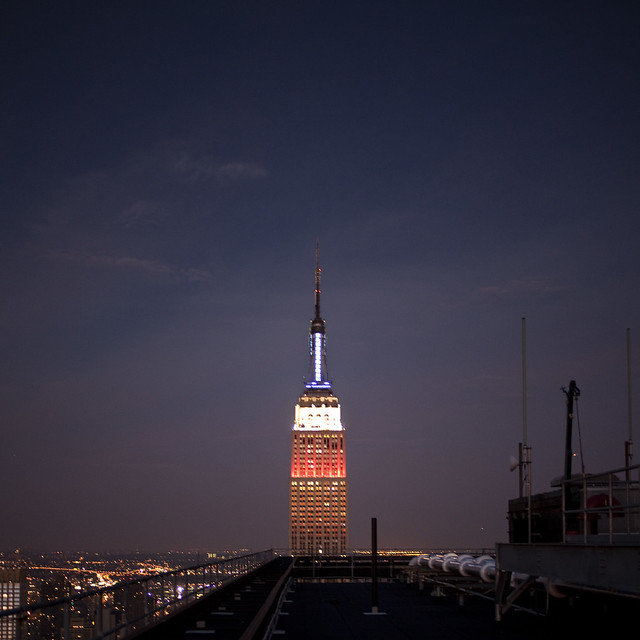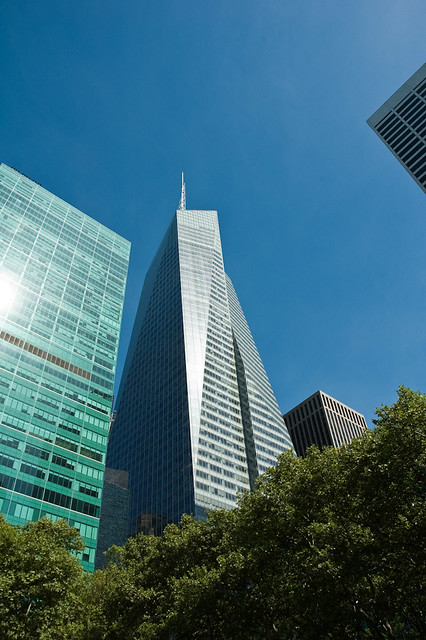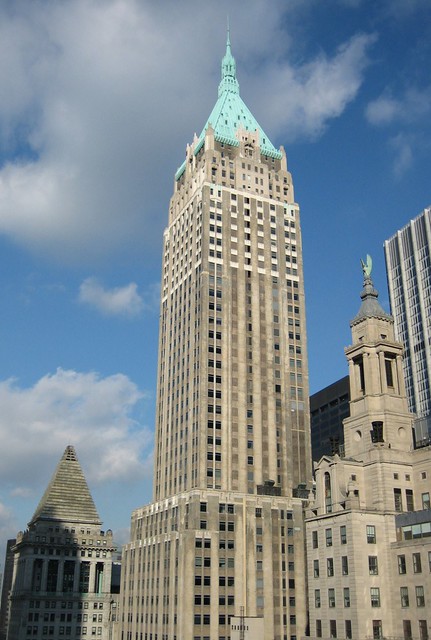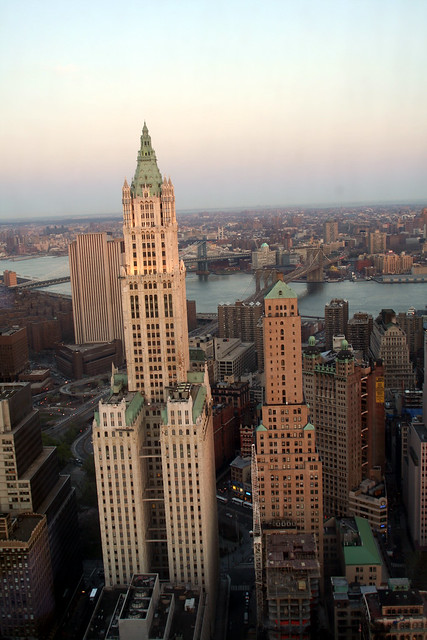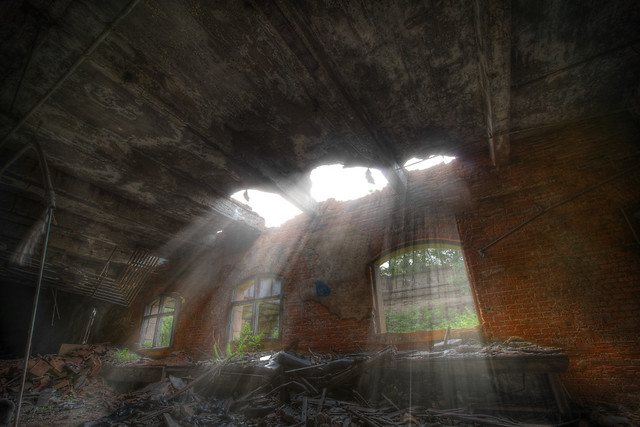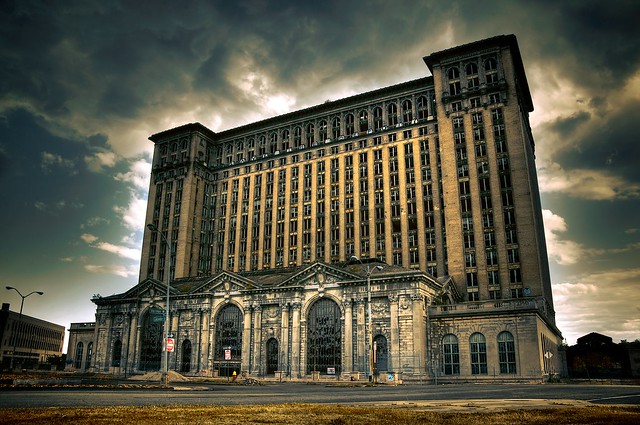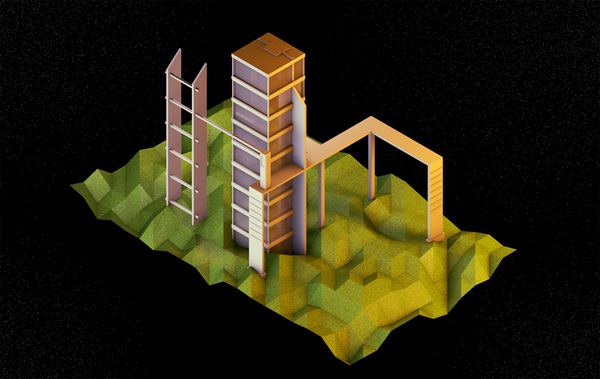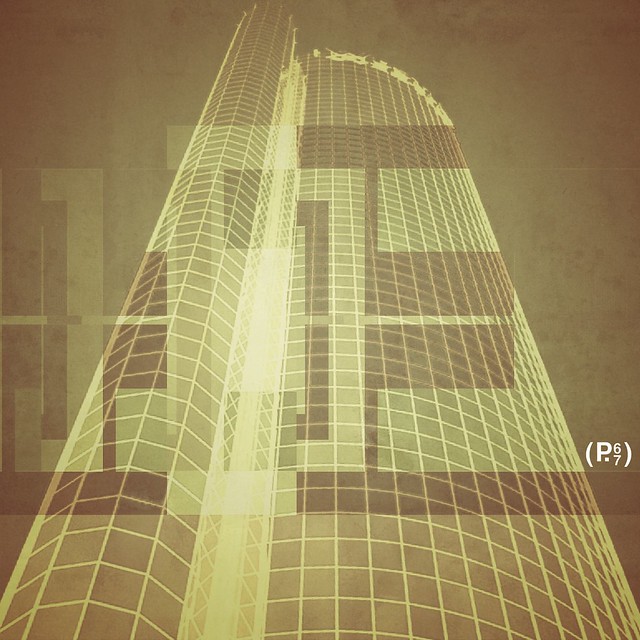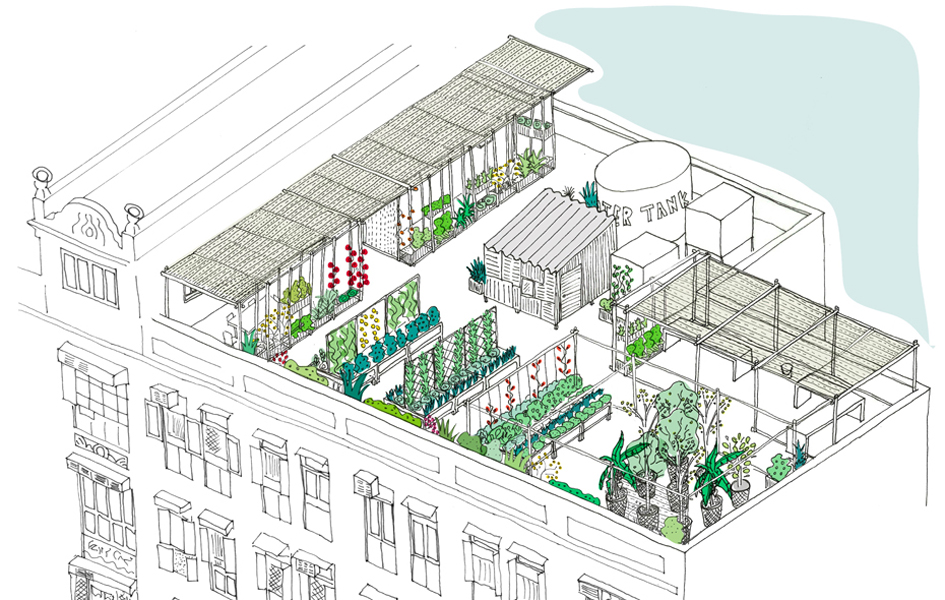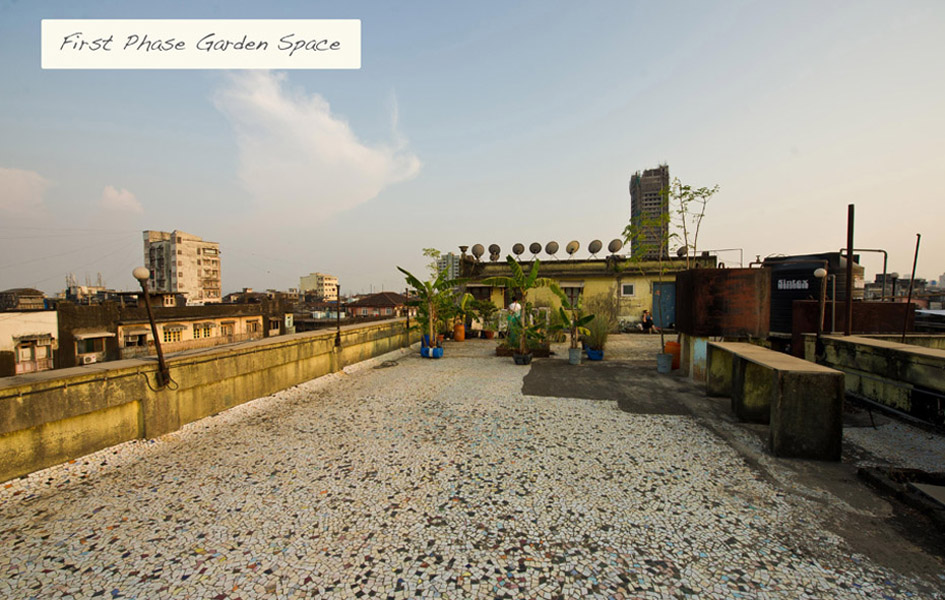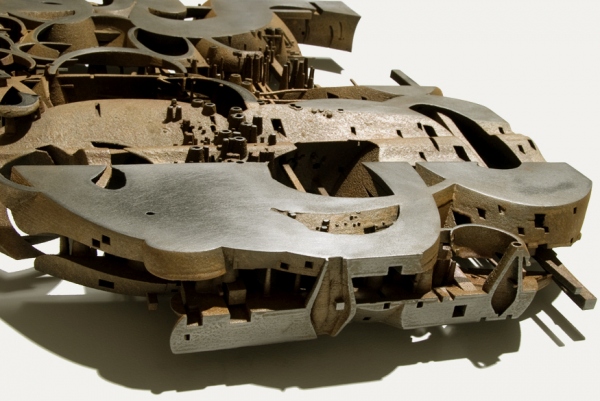This is a more intimate Detroit than I—than most of us—have consumed in the media. Detroit takes up an outsize space in the American psyche, with Eminem and Clint Eastwood proclaiming the auto industry’s resurgence in dewy Super Bowl ads; with glowing recovery stories pairing the words “Midtown” and “hipster”; with apocalyptic (and accurate) images of Dresden-like streets; and with a millionaire mayor touting the most ambitious plan in modern history to reshape a U.S. city. Viewing it through those media lenses is like peering through a kaleidoscope or maybe at a Rorschach test: A city in recovery. A city in free fall. It depends on who’s telling the story.
Tag: architecture
Survey of tallest Buildings in New York City

1 World Trade Center Will Reclaim the Sky in Lower Manhattan:
If the winds are forgiving enough over Lower Manhattan — up where workers can see the whole outline of the island’s tip — a steel column will be hoisted into place Monday afternoon atop the exoskeleton of 1 World Trade Center and New York will have a new tallest building.
More important, downtown will have reclaimed its pole star.
Poking into the sky, the first column of the 100th floor of 1 World Trade Center will bring the tower to a height of 1,271 feet, making it 21 feet higher than the Empire State Building.
Below is a selection of the five tallest buildings in New York City.
1 World Trade Center
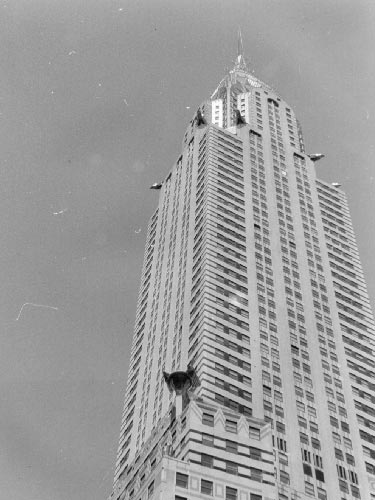
Chrysler Building – May 27, 1930
Michigan Central Station
Built in 1913 for the Michigan Central Railroad, Michigan Central Station (also known as Michigan Central Depot or MCS), was Detroit’s passenger rail depot from its opening in 1913, until the cessation of Amtrak service on January 6, 1988. At the time of its construction, it was the tallest rail station in the world.
Los Angeles Union Station Master Plan “Vision Boards”

In April 2011, Metro completed the acquisition of Union Station and the approximately 40 acres surrounding the historic rail passenger terminal. As part of the Los Angeles Union Station Master Plan, the six short-listed teams were required to submit one Vision Board showing a high-concept vision for Union Station in the year 2050. The Vision Boards are not part of the formal evaluation process, but rather a means to begin the public engagement process and ignite inspiration about Union Station as a multi-modal regional transportation hub. The Vision Boards were presented to the public at a viewing event on April 25th, 2012.
The short listed teams all include multiple firms, and are led by the following prime contractors:
- EE&K a Perkins Eastman Company/UNStudio
- Gruen Associates/Grimshaw Architects
- IBI Group/Foster+Partners
- Moore Ruble Yudell Architect and Planners/Ten Aquitectos/West 8
- NBBJ/ingenhoven Architects
- Renzo Piano Building Workshop (RPBW)/ Parsons Transportation Group
All six teams are required to do the following during the master planning phase:
- Data Collection and Analysis
- Preparation of Draft Alternatives
- Final Preferred Plan and Implementation Strategies
- Public Outreach (throughout the process)
- Project Administration (throughout the process)
Metro is in the evaluation process and will bring a recommendation for the USMP consultant team to the Board of Directors on June 28th, 2012 with public announcement on or around June 17th.
Below are the Vision Boards:



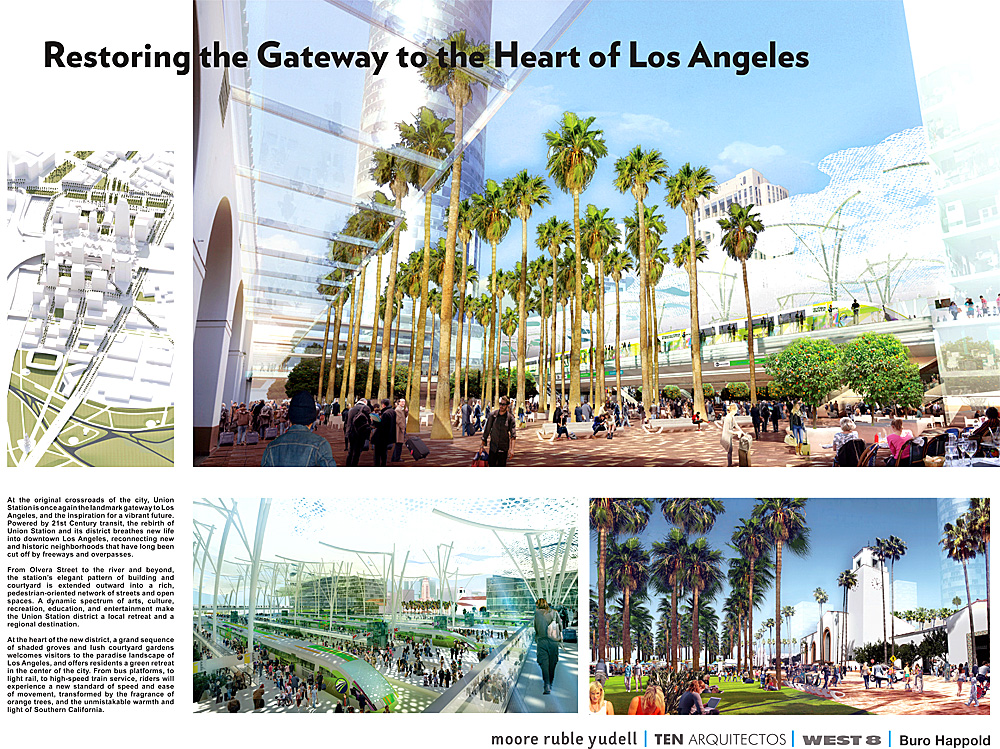

Tim Reynolds’s Isometrics
Lynette Jackson’s Architectural iPhone Collages
Flyover Farm by Fresh & Local
Via Mumbai Boss, comes the story of Flyover Farm by Fresh & Local which is aiming to add farms on top of existing Mumbai buildings, and they have a Kickstarter:
Fresh & Local is a movement to facilitate urban farming in Mumbai. We started in the spring of 2010, in reaction to the lack of fresh and organic produce, and the lack of resources and support for urban farming in the city. We research and develop best practices, design gardens and garden products, host gardening workshops and work in partnership with NGOs and individuals to set up kitchen gardens across the city.
Fresh and Local’s Flyover Farm project is a natural progression and culmination of the work currently being carried out.
This is all really interesting, but seeing the existing building stock which is generally of poor construction and knowing how much soil is required to grow fruit and vegetable plants, I fear that not many building can support the weight of these roof farms. I applaud the project, since we have lots of roof space in Mumbai, and the quality of vegetables will undoubtably be better than the ones grown on the sides of the suburban railways.
Conversations with Lebbeus Woods and Thom Mayne
If you’re exploring just the level of organizational types because that’s usually what we do—we organize the world and we literally concretize it. We bring a certain order. That order is a response to how we locate ourselves in the world in philosophical terms—in the total sense; all the disciplines….
I’m looking for…or I am challenging…or I am myself searching for what that means with those organizational forms. I am looking for something that I see as more contemporary and that is connected to the 21st century thinking and it seems as though it’s moving from the mechanical to the biological. There is a thrust that is becoming clear to us in terms of where we look for our ideas, right? We are paralleling in terms of the modern notion of who we are.
I’m looking for something that is discursive, that is understandable, that doesn’t depend totally on personal facility, meaning it’s private—because these are collective projects. I work with another person that is actually drawing the specific nature of the model.
And I would have said that the formation of these are first and foremost the operational strategy, which is the most powerful thing. Then, after that, it’s some combination of my critique; my development of that process and my engagement with the person actually mechanically putting them together. So it is a very complicated, already collective process of even how they come together and it’s not by me at all.
Manhattan Memorious
Before a city becomes a thing of steel, concrete and glass it is a theater of visions in conflict.
As a city ages, the visions do not die but come up against the physical and ideological resistance of the place and its people. The city we see today is the direct result of radical visions, gradually changing the way the future is realized. This is an account of a Manhattan that could have been – might have been. A phantasmagorical Manhattan where the visionary meets the everyday – the absurd and the sublime. The island as we know it is but a pale reflection of a city designed by visionaries – a city of mad, incongruous utopias.
